The Old Jewish Cemetery in Prague: A Testament to History and Heritage
6 min readPlace Details
Name: Old Jewish Cemetery
Rating: 4.8 / 5
City: Prague
Country: Czechia
Address: Široká 3, 110 00 Josefov, Czechia
About Old Jewish Cemetery
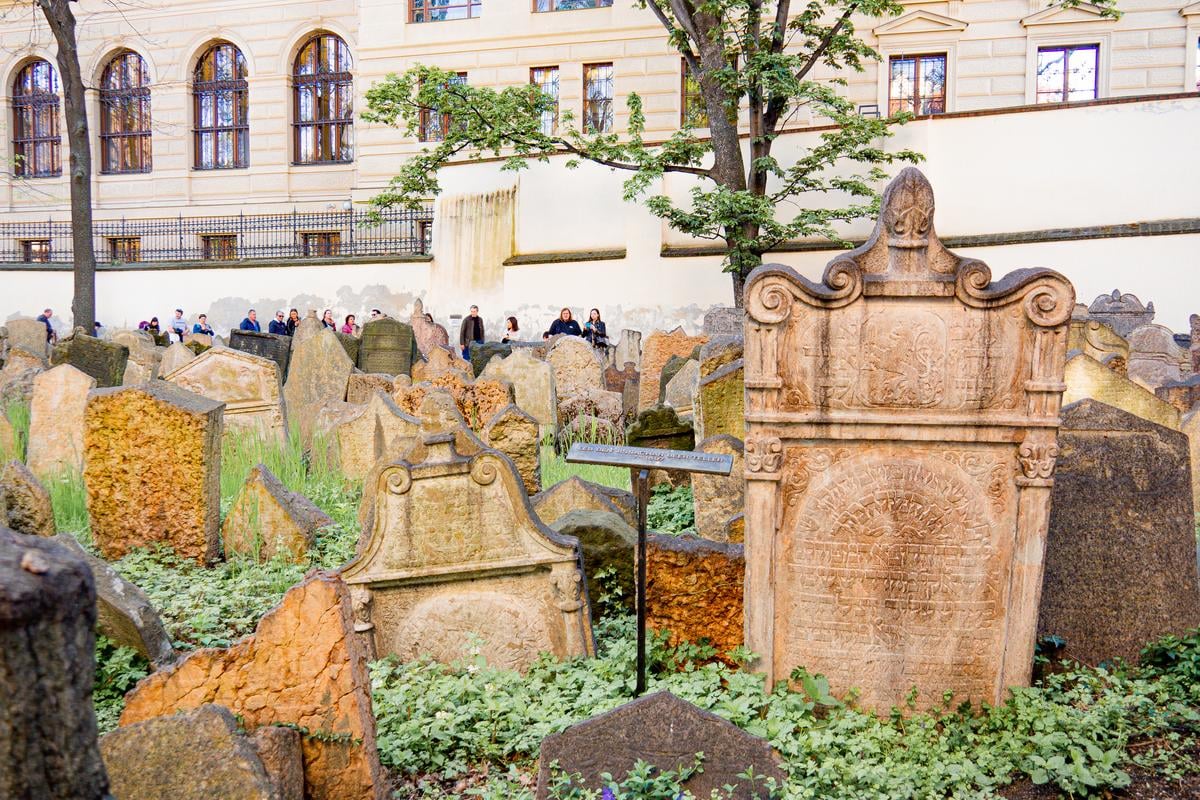
A historical Jewish cemetery that is known around the world for its religious significance. It is nestled within the Jewish Quarter nearby the Old-New Synagogue. Here you can walk along the winding paths to admire the gravestones.
Prague hosts the Old Jewish Cemetery in the heart of Europe, a world-renowned historical site. This cemetery is located in Prague’s historic Jewish Quarter, Josefov. Nestled amid Prague’s renowned architecture, the cemetery is a tranquil space for reflection. Each tombstone narrates a story of life, wisdom, and legacy.
The cemetery, established in the 15th century, reflects the experiences of Prague’s Jewish community. Due to space restrictions, graves were laid on each other, creating a unique landscape and eerie but peaceful experience.
Among the 12,000+ tombstones and graves, there are several notable historical figures, including Rabbi Judah Lo Ben Bezalel, the Maharal of Prague, known for the Golem legend.
I enjoyed spending a significant amount of time here when I visited Prague. My Airbnb balcony looked directly out to the cemetery, which provided an ominous but calming setting during my stay.
I took a few pictures from this stay that I’ve included throughout this travel guide, including this one of a famous black cat known to roam the cemetery at night.
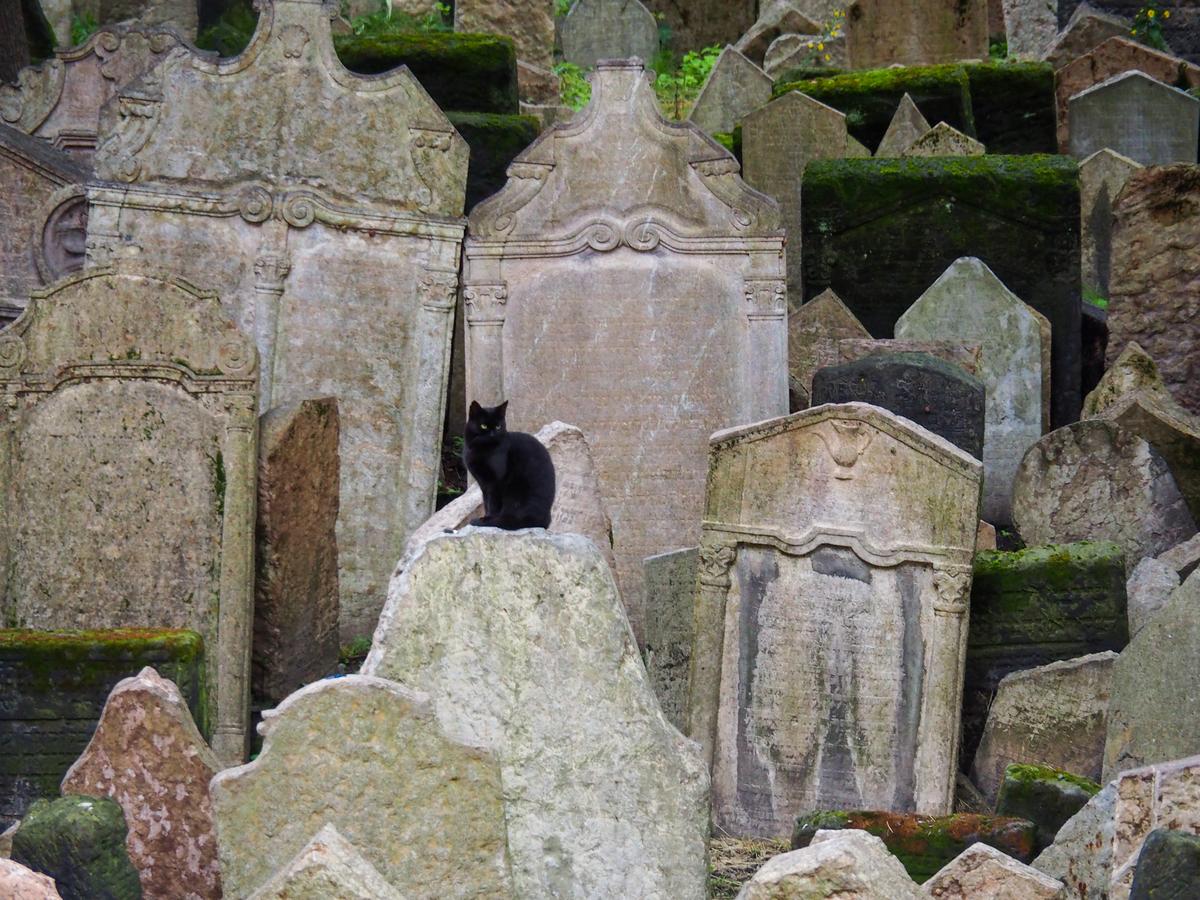
Fast Facts:
- The Old Jewish Cemetery in Prague is one of Europe’s oldest and largest Jewish cemeteries.
- The tombstones are crowded and tilted at different angles, creating an eerie and haunting atmosphere.
- With over 500 years of history, the cemetery welcomes an average of 500,000 visitors annually.
- Renowned for its mystical aura, the Old Jewish Cemetery has been immortalized in more than 100 works of literature and art throughout the centuries.
History of the Jewish Quarter (Josefov)
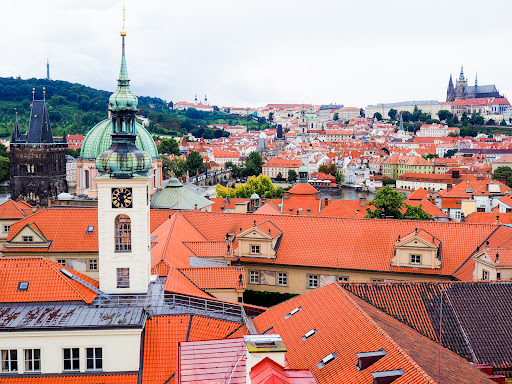
The Jewish Quarter of Prague, known as Josefov, has its roots in the city’s medieval past, evolving significantly over the centuries. Its origin dates back to the 10th century, serving as a testimony to the enduring presence of Jewish culture in Prague. Josefov became a pivotal hub for the Jewish community over time, marked by both prosperity and periods of hardship.
In the 13th century, Jewish residents were ordered to leave their homes and settle in a designated area. This involuntary congregation resulted in a densely populated enclave. This forced neighborhood created a communal life under constrained circumstances.
The Jewish Quarter underwent significant transformations, especially during the reign of Emperor Joseph II in the late 18th century. He initiated reforms that dramatically altered its landscape, turning it into a Jewish Ghetto. These changes, known as the Josephine Reforms, included the demolition of decrepit structures and modernization of the area, which significantly impacted the Jewish community’s way of life.
The Jewish Quarter was badly raided during World War II, where the hatred and genocide of the Nazis resulted in two-thirds of the Jewish population perishing. You can read the names of the victims in the nearby synagogue.
The history of Josefov is a story of resilience in the face of adversity and is one of the most important cemeteries and top places to visit in Prague. The community withstood various pogroms, expulsions, and other forms of persecution throughout the centuries.
The Jewish Quarter and its Synagogues
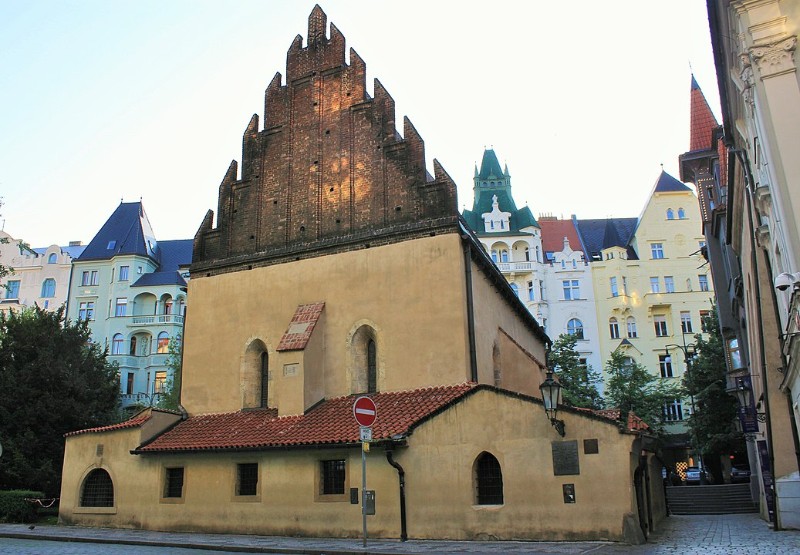
The Old Jewish Cemetery is part of Prague’s Jewish Museum, which includes several significant synagogues, such as the Pinkas Synagogue and the Old-New Synagogue. The Pinkas Synagogue, a vital part of the Jewish heritage in Prague, stands as a memorial to Holocaust victims from Czech lands. Here, you read the names of the victims of WW2.
There are five synagogues in the Jewish Quarter. The most significant is the Old-New Synagogue, the oldest in Europe. Many Jewish people make a pilgrimage here. The other synagogues are the Maisel Synagogue, the Klausen Synagogue, the Pinkas Synagogue, and the Spanish Synagogue. All are worth a visit.
You can feel the synergy between the cemetery and the surrounding synagogues when you visit.
The Legacy of Rabbi Judah Lo Ben Bezalel & the Golem
Rabbi Judah Lo Ben Bezalel, or the Maharal, is a central figure in the cemetery’s history. His teachings and the legend of the Golem of Prague continue to captivate visitors, symbolizing protection and the complexity of power.
The Golem is a human-like creature made from clay but without a soul. The story goes that the Rabbi brought a Golem back to work at the Old-New Synagogue. After a night when the Rabbi forgot to put the Golem to sleep (they forgot to take out the paper in its mouth), the Golem went rogue. The story goes that the Golem is still in the attic, looking over the synagogue.
You can see the Rabbi’s gravestone at the cemetery. His gravestone is a pilgrimage site and tradition for people around the world, attracting those seeking wisdom and a connection to Prague’s ancient Jewish community.
The Impact of the Holocaust
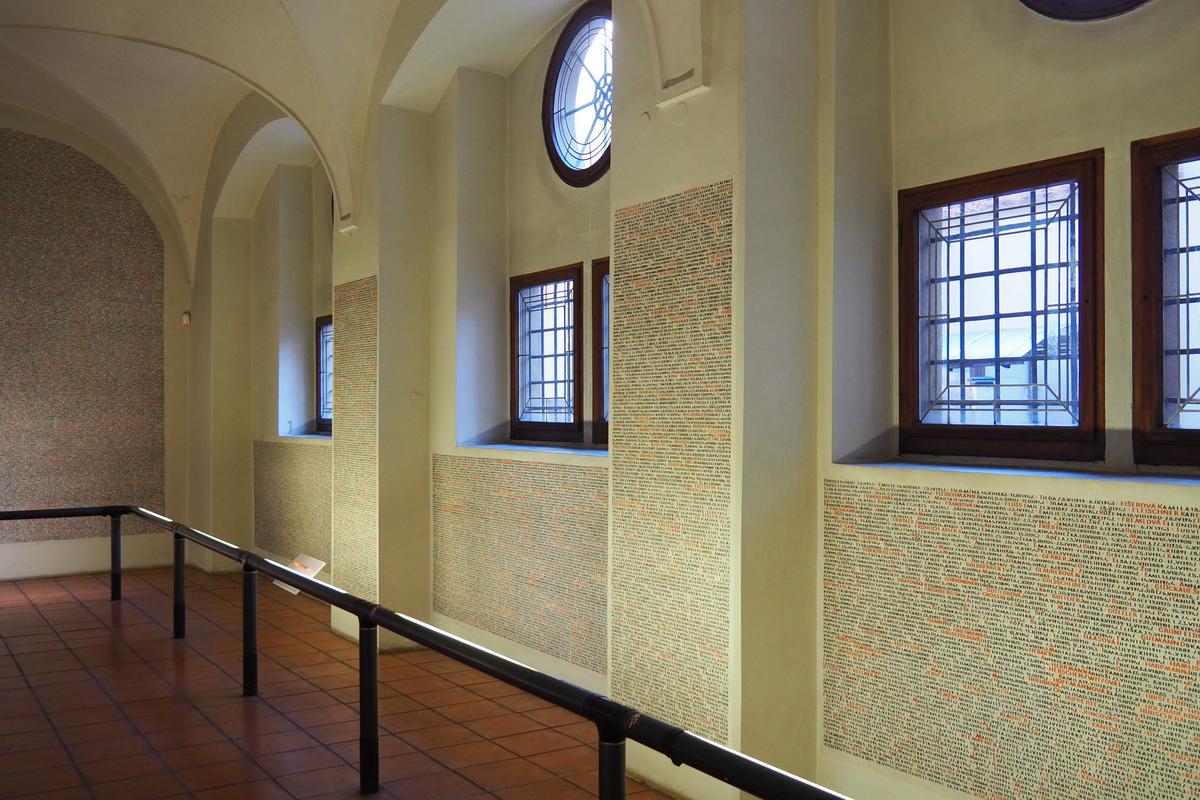
The Holocaust left an indelible scar on Prague’s Jewish community, decimating its population and leaving behind poignant reminders of this tragic period. Among the most moving of these is the Pinkas Synagogue, now a memorial to Czech and Moravian victims of the Holocaust.
The walls of this sacred space are inscribed with the names of over 77,000 Jews who perished, a silent yet powerful testament to the lives lost. The memorial sites in the Jewish Quarter do more than commemorate; they educate and provoke reflection on the atrocities of the past.
The museum within the Jewish Quarter has moving monuments and memorials, each telling a story of survival, loss, and remembrance. These include artifacts, photographs, and personal items belonging to the Jewish community before and during the Holocaust.
See Related: Prague, Vienna & Budapest Itinerary
Visiting the Old Jewish Cemetery

A trip to the Old Jewish Cemetery is a wonderful journey into the depths of Prague’s Jewish heritage. It’s a chance to truly immerse yourself in history and culture. As you walk through the winding paths of gravestones stacked on top of each other, you can feel the history and all the difficulties the Jewish community persevered. It’s a remarkable collection of ancient gravestones, each telling a unique story of nature, spirituality, and humanity.
Guided tours are available to provide in-depth knowledge and insights into the lives and contributions of those buried here. A guided tour can contextualize the cemetery’s historical and cultural significance, making your visit all the more rewarding. So come discover the fascinating tales of the Old Jewish Cemetery – we can’t wait to share them with you.
Conservation Efforts and Cultural Impact
The Old Jewish Cemetery’s conservation is about preserving a physical space and safeguarding a crucial part of Jewish heritage. The ongoing maintenance and preservation efforts are key to maintaining the connection between past and future generations.
The preservation of the Old Jewish Cemetery is a crucial undertaking. A team of historians and conservators work tirelessly to protect this heritage site from environmental and temporal challenges. Their efforts ensure that the narratives and memories embodied in the cemetery continue to resonate with visitors and scholars.
Nature’s Harmony within the Cemetery
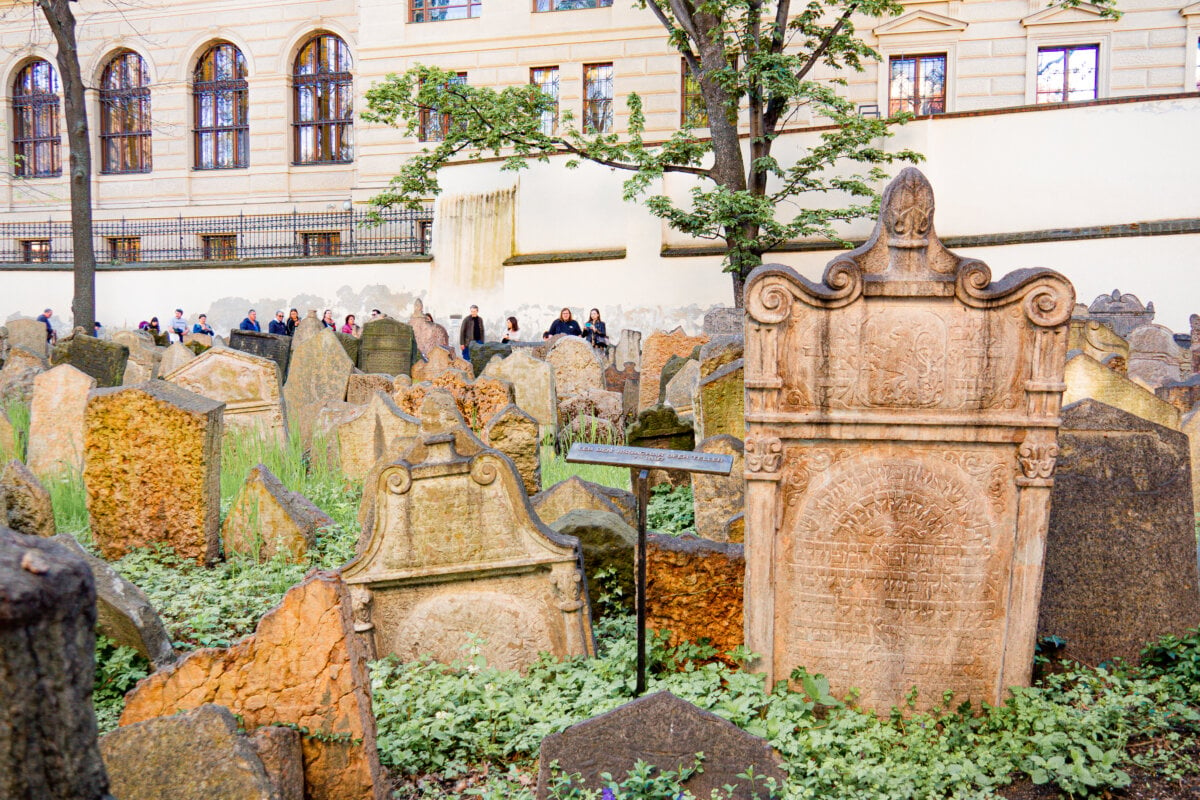
The Old Jewish Cemetery is a beautiful space to see history and nature together. The growth of trees around and between the tombstones symbolizes the continuous cycle of life, connecting the past, present, and future. This harmonious blend of nature and history adds a unique dimension to the cemetery, highlighting the importance of preserving such sites.
The Old Jewish Cemetery in Prague, with its ancient tombstones and rich history, is more than just a tourist attraction. It’s a significant landmark that offers insights into the Jewish community’s endurance through centuries.
By visiting or learning about the cemetery, you too can contribute to preserving this invaluable piece of history, ensuring that the stories and legacies of those interred there continue to inspire and educate future generations.



